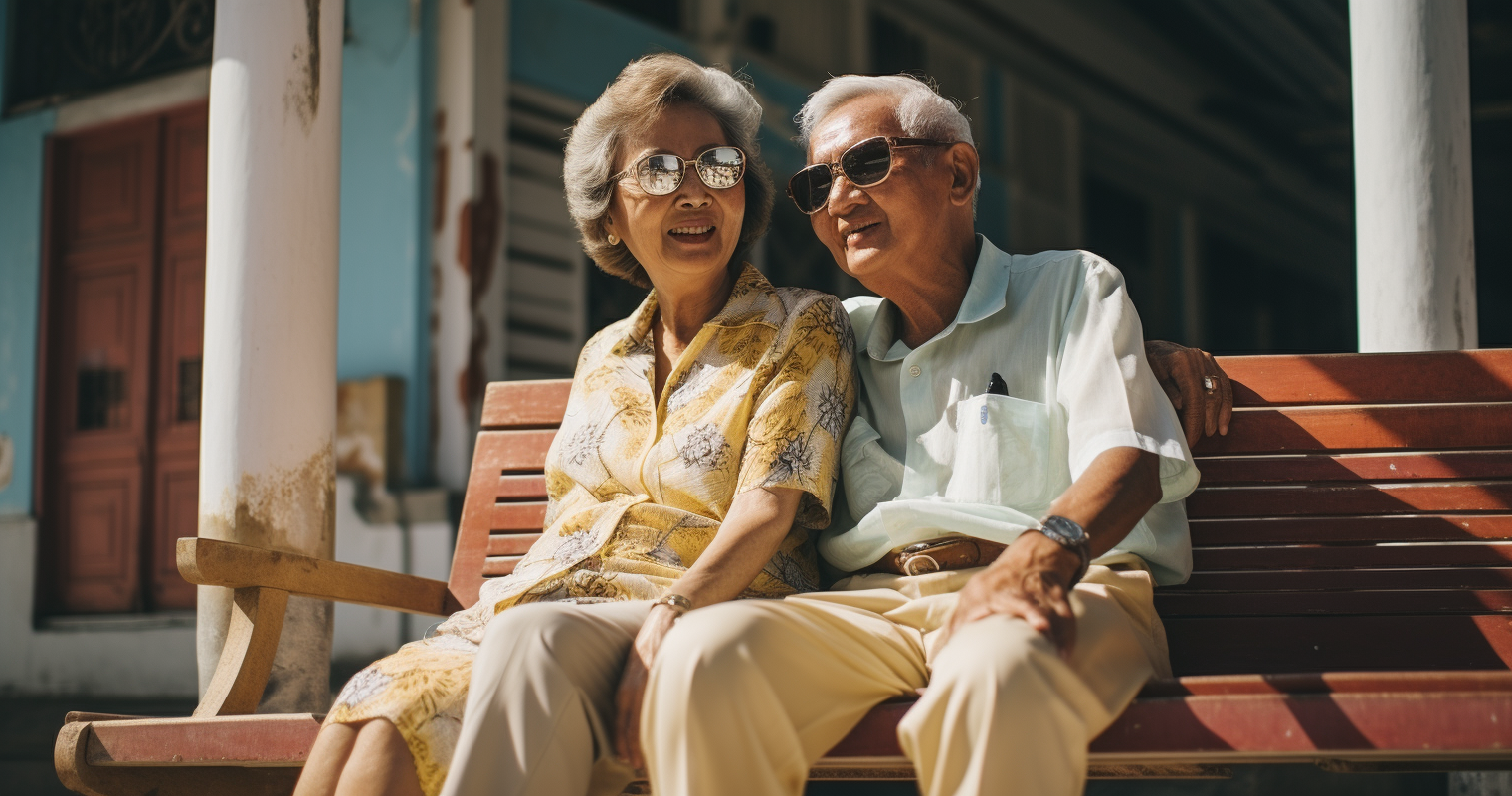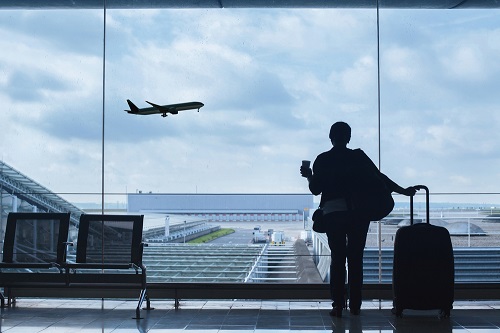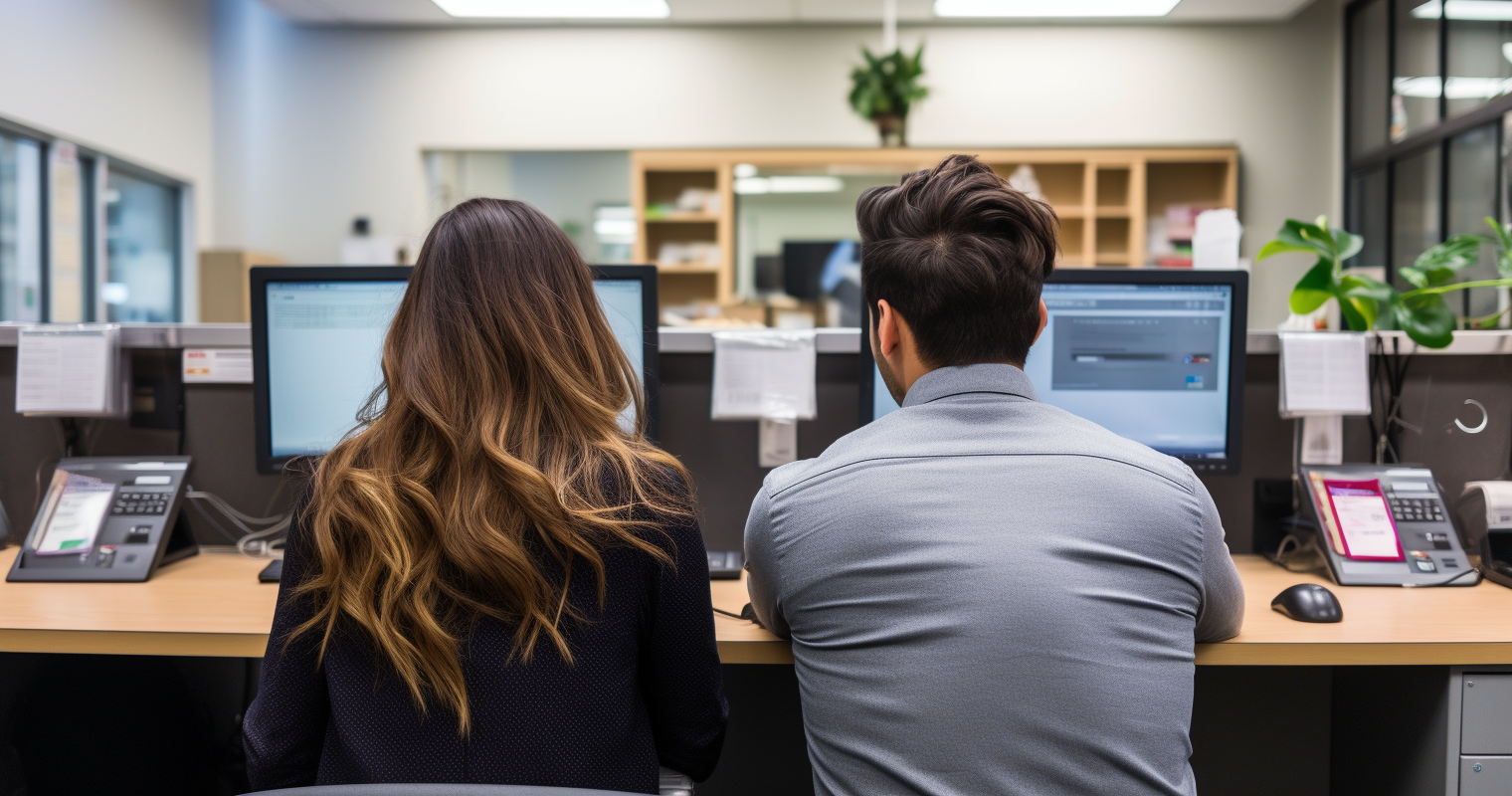Malaysia’s MM2H Programme: A Comprehensive Guide for Expat Retirees

Malaysia, with its tantalizing blend of modernity, nature, and rich cultural diversity, has become an attractive proposition for many global retirees. Central to this allure is the Malaysia My Second Home (MM2H) programme, a long-term visa designed to facilitate foreigners









